QuestionHello,
I love Angelfish and was wondering if you could keep just 2 in a 10 gallon. I read on a quality fish website that a minimum tank size for angelfish is 10 gallons but it didn't say for how many. I have a 10 gallon thats clean and already cycled. I would like to keep a few corys in with them and that would be all. I will be getting a 20-29 gallon sometime because I have a few other fish that will need a tank that size and I could add the Angelfish in with them if they get too big. I have many other fish tanks and have a lot of experience with keeping fish. So can they be kept in a 10 gallon when they are about say under 2 inches? Do they grow very fast?
Thank you for your help!
Susan.*
PLEASE ANSWER SOON.
AnswerHi Susan;
A ten gallon is a very temporary home if you want to put angels in it. If you get two little baby ones they would be okay for maybe 3 months or so. It depends on how fast they grow. Left too long in such a small tank, the angel's bodies will grow but their fins will be stunted and stay small. It is usually permanent. They will never get that nice tall dorsal fin and long pectoral fins like they should have. They kind of look squished a bit.
If the tank is new, you don't want more than the 2 angels in there until it fully breaks in, not even catfish. Here is my article about it;
**********
New Tank Syndrome or Break-in Period
So you have a new tank and you filled it up, put the filter together, mounted the heater into place and turned on the lights. You have all the plants and decorations where you want them....
You are ready for fish.
But, your filter is not ready for a full tank of fish yet.
The filter is running and moving the water and cleaning out crud, right? Of course!
But a very important part of your filter is the part you can't see. An aquarium filter removes the larger visible stuff, but it also must remove the dissolved fish waste that turns into ammonia in the water. To do this, special bacteria must grow in the filter system and on the particles of gravel in the bottom of your tank. This process occurs even on a limited scale in little fish bowls that have no filter in them.
This is "New-Tank Syndrome" or the "Break-in Period". The entire process takes 6 to 8 weeks to complete because these "nitrifying" bacteria grow quite slowly.
Start off with only two hardy fish for every ten gallons of water and don't add more until the 6 to 8 weeks has gone by. Hard to be patient, but it is worth it to keep your fish alive and healthy. As a matter of fact, the bacteria cannot develop without fish in the tank. You can let that tank sit forever without fish in it, but as soon as the first fish goes in the process begins. Feed your new fish VERY lightly. Any excess food will cause additional waste your system cannot afford to have right now. If you see food floating around or lying on the plants and gravel after five minutes, too much food is going into the tank. Cut back a little each time you feed until it is ALL gone 5 minutes after you feed them.
During this "break-in period" your tank will become cloudy and milky looking. You may have to tolerate this for the entire break-in period but it is only temporary. Changing 25% of the water three times a week until the break-in period is over helps a great deal. Changing water reduces the ammonia and nitrites that rise while the bacteria continues to multiply. If ammonia and/or nitrites become too high, your fish will become stressed and possibly die. Use a good water conditioner when you replace the water and make sure it is the right temperature to avoid shocking your fish.
When the break-in period is over, do regular water changes and vacuum the gravel at the same time. A change of 25% every one to two weeks is a good rule of thumb. It simply needs to be done for healthy fish.
Following these guidelines will help you get your new tank on the right track.
**********
Followups welcome.
At Your Service;
Chris Robbins

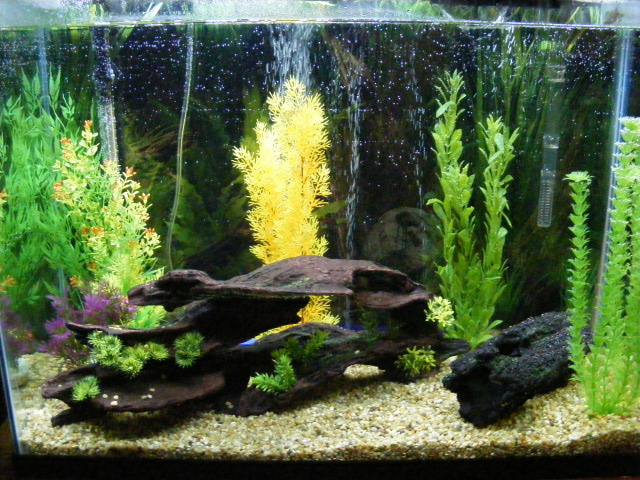 bubbles
Question
bubbles bubbles 2
Hello Richard,
bubbles
Question
bubbles bubbles 2
Hello Richard,
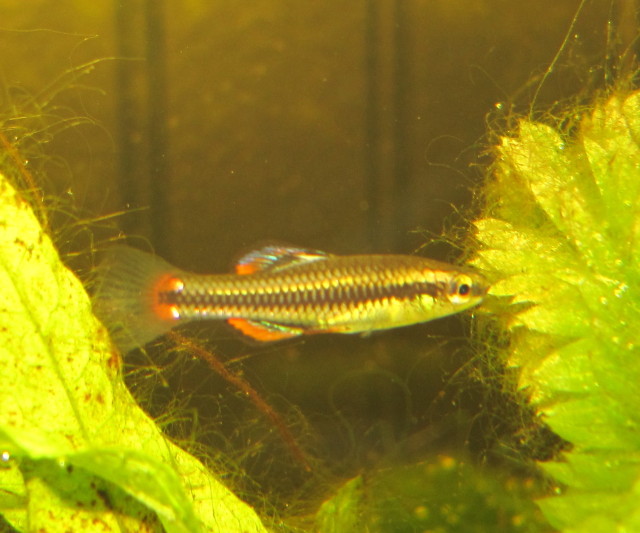 ID a fish
QuestionID fish
QUESTION: Hi Matt,
I asked for
ID a fish
QuestionID fish
QUESTION: Hi Matt,
I asked for
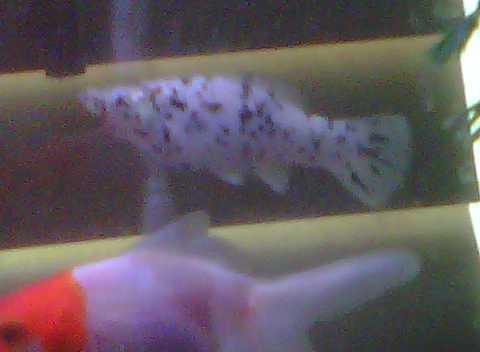 Dalmation Molly
Question
Molly
I think my molly is knocked up, b
Dalmation Molly
Question
Molly
I think my molly is knocked up, b
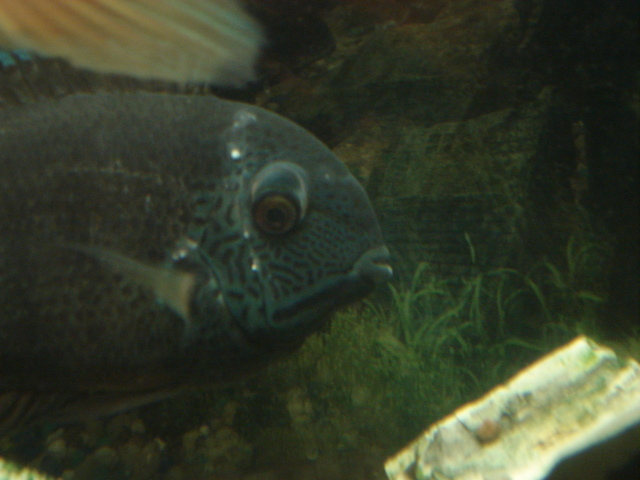 Sick Severum Cichlid
QuestionSick Severum
QUESTION: Hi, I hope you ca
Sick Severum Cichlid
QuestionSick Severum
QUESTION: Hi, I hope you ca
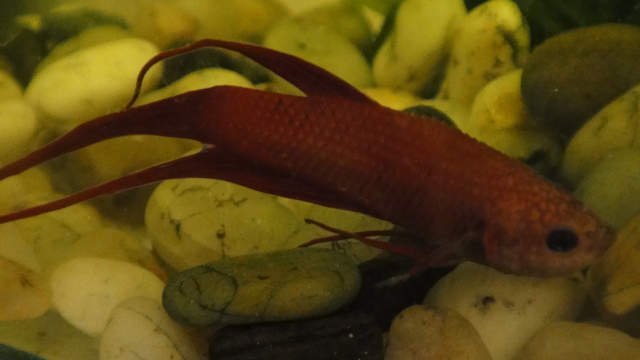 sick fighter
Question
fighting fish
Hi I brought fighter today and m
sick fighter
Question
fighting fish
Hi I brought fighter today and m